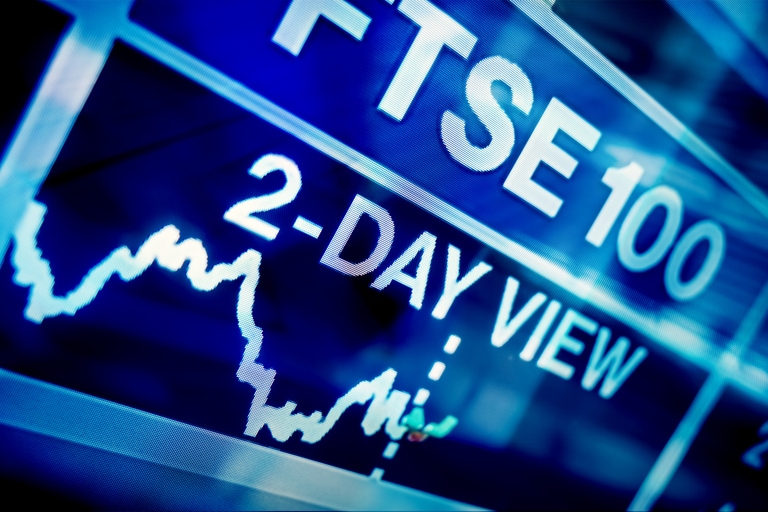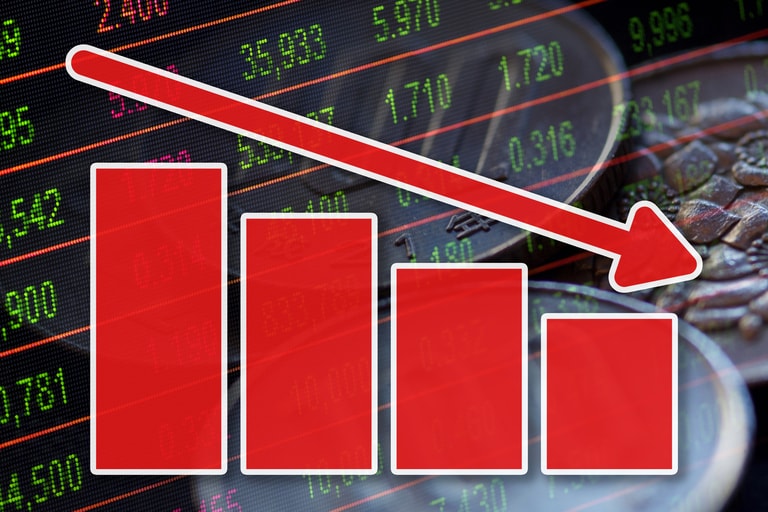European and US markets underwent their best monthly performance since November 2020 in July, finishing the month very much on the up.
This outperformance came about contrary to an expectation that economic conditions aren’t likely to get any better from here on in, mainly due to concerns over high energy prices, and the impact they are expected to have on economic activity heading into the winter months.
Last week the economy in Europe got a welcome dose of good news due to significantly better than expected economic numbers for Q2 GDP from France, Italy and Spain who all saw a huge improvement in economic output across the board. In France, the economy expanded by 0.5%, in Italy by 1% and in Spain by 1.1%
That this improvement came about despite record high inflation caught a lot of people by surprise, however once the reasons for the improvement became apparent the outperformance did make sense. The summer tourism season appears to have given the warmer climes of southern Europe a significant tourism boost once you move past the problems of travel disruption, and also explains why Germany’s economy stagnated during Q2.
It also means that any economic uplift is unlikely to be sustained as we head into the autumn and is a trend that already appears to be manifesting itself in the latest PMI numbers.
In a sense this trend of a sharply slowing global economy has served to act as a benefit to markets given that it appears to be signalling the potential for a policy reversal on the part of central banks in relation to the size and scale of their rate hiking cycle.
This trend was reinforced last week by Fed chair Jay Powell saying that he felt with last week's rate hike the Federal Reserve was now within the range of what the central bank considers the neutral rate. With CPI levels at 9%, and showing little sign of falling back sharply this seemed a rather odd thing to say, and has provoked much discussion within the economic community.
Bond markets, on the other hand appear to have drawn their own conclusion with a sharp decline in yields, as the prospect of a shallower pace of rising rates gets priced into the markets.
For now, there appears to have been little in the way of pushback on Powell’s comments last week from various Fed officials, although Minneapolis Fed President Neel Kashkari did say on Friday that the Federal Reserve was a long way from backing off in its fight against inflation, and that it had more work to do in that regard. He did say that another 50bps rate rise in September seemed reasonable to him given the current outlook, but that higher than that could be needed if core prices continue to rise.
In any case that’s not what markets have been reacting to. There is broad acceptance to the idea that further rate rises are coming, not only in the US but across the world with the RBA and Bank of England set to raise rates again this week. The questions being asked now are about the degree of rate rises, and then how quickly rates start to come down again. The answer to that could take a few more months to unfold, but it has raised the question as to whether the current bear market is over?
Based on the current price action the answer to that seems to be somewhat premature, given that there is little in the price action so far to support that prognosis.
For the here and now the economic data is likely to continue to deteriorate with the latest manufacturing PMI numbers for Spain, Italy, France and Germany all expected to slip into contraction territory for July.
Spain's manufacturing PMI is expected to slip from 52.6 to 49.9, Italy from 50.9 to 49.1, and France and Germany to fall to 49.6 and 49.2 respectively.
The UK and US manufacturing sectors are expected to be more resilient at 52.2 and 52.3 respectively. We also have the latest ISM manufacturing numbers from the US, which is expected to offer a broader picture of the US economy with prices paid and employment data. The prices paid data will be particularly notable given it has shown signs of softening in recent months, peaking at 87.1 in March and has been lower every month since. Today’s July numbers are expected to see it drop to its lowest levels this year at 74.9, down from 78.5 in June.
EUR/USD – needs to take out the 1.0275 area to make progress, with bigger resistance at the 1.0350 level. While below the risk remains for a move back towards parity, and the previous lows at 0.9950. A move below 0.9950, towards 0.9660.
GBP/USD – spiked above the 1.2220 area and 50-day SMA, before slipping back. We need to see a concerted move above 1.2230 to target further gains. We have support at the 1.1980 area, and below that at 1.1870.
EUR/GBP – hit a three-month low last week at 0.8345, before rebounding. A move through the 0.8430 level targets a move back towards 0.8480. While below the 0.8430 area, momentum remains negative for a move towards the 0.8300 area.
USD/JPY – bias remains lower having broken below the 50-day SMA with the next target being the 131.20/50 level. Resistance now comes in at the 134.80 level.
CMC Markets erbjuder sin tjänst som ”execution only”. Detta material (antingen uttryckt eller inte) är endast för allmän information och tar inte hänsyn till dina personliga omständigheter eller mål. Ingenting i detta material är (eller bör anses vara) finansiella, investeringar eller andra råd som beroende bör läggas på. Inget yttrande i materialet utgör en rekommendation från CMC Markets eller författaren om en viss investering, säkerhet, transaktion eller investeringsstrategi. Detta innehåll har inte skapats i enlighet med de regler som finns för oberoende investeringsrådgivning. Även om vi inte uttryckligen hindras från att handla innan vi har tillhandhållit detta innehåll försöker vi inte dra nytta av det innan det sprids.






